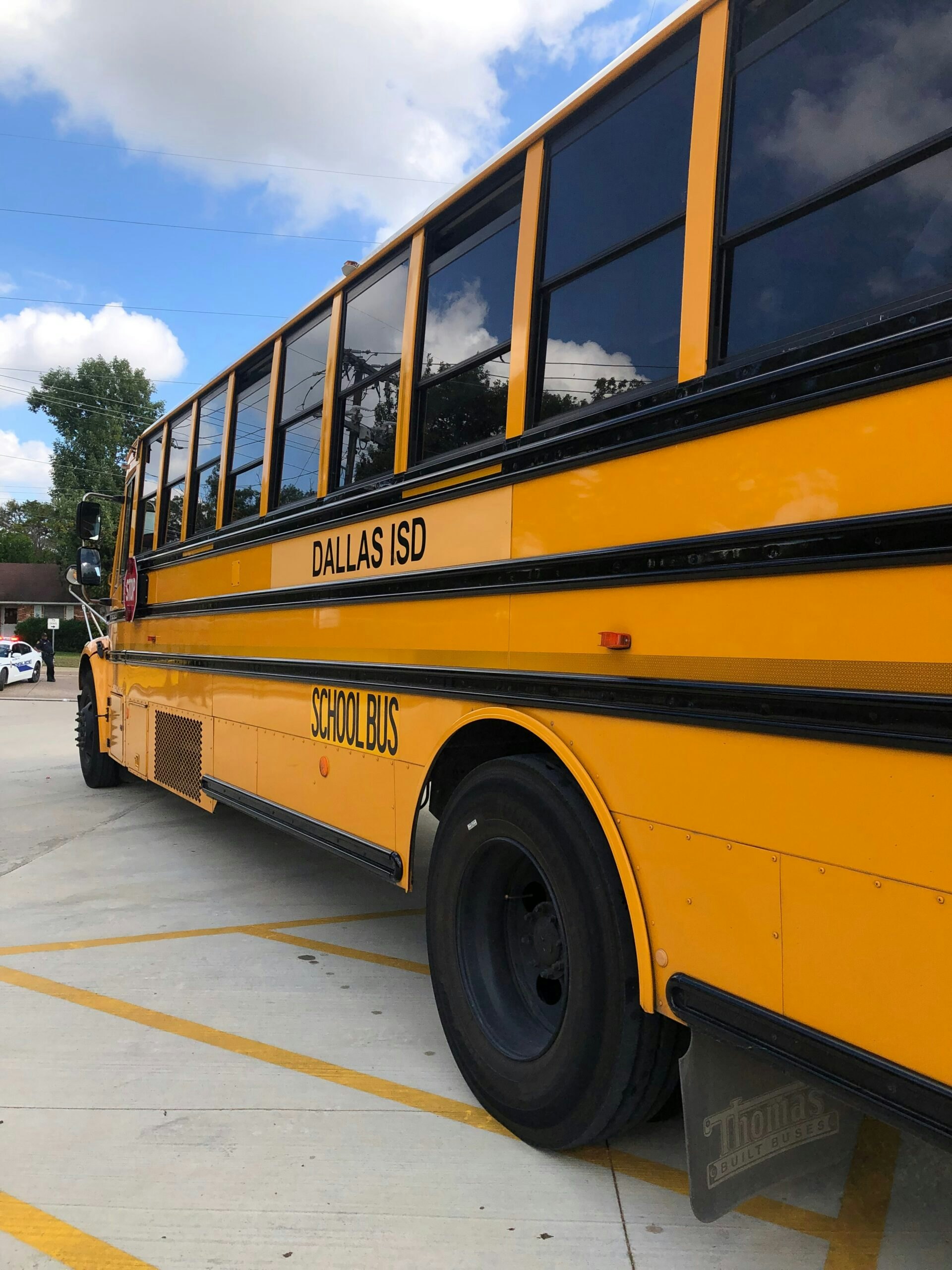Determining whether a state’s young people are on track for a life of opportunity is a difficult task for governors and state leaders. States can be both awash in data and unable to easily access and use that data to inform policy. State longitudinal data systems that meaningfully connect workforce, higher education, K-12, and early childhood outcome data from multiple state agencies over time are foundational to strong decision-making by state leaders.
State leaders should prioritize these recommendations for state longitudinal data systems in legislation and policymaking:
- Create coordinated visions for the systems, with strong governance.
- Ensure capacity and resources to manage the systems and analyze data.
- Prioritize system accessibility and data-driven policymaking.
- Prioritize transparency and consistent public reporting.
State leaders are charged with determining how to advance educational and workforce opportunities, particularly for historically underserved populations, including rural students, students living in poverty, English language learners, and students of color. Policymakers need reliable, relevant, and transparent data from pre-K-12 to the workforce to inform decisions and allocate resources. Researchers need access to data to assess current conditions and to identify possible solutions. Finally, the public – including parents – needs easily accessible, user friendly information about readiness and opportunity for young people in the state.
Well-governed and well-structured state longitudinal data systems can help. Today, most states have disparate data systems that are functionally siloed off by education level, like early childhood or K-12 or higher education. Meaningfully connected and well-governed data systems make it easier to see the relationships between metrics like early-grade reading scores, high school graduation, and wage data. Disaggregated outcome data about the youngest learners to young adults provide invaluable insights to policymakers, researchers, and parents.






























